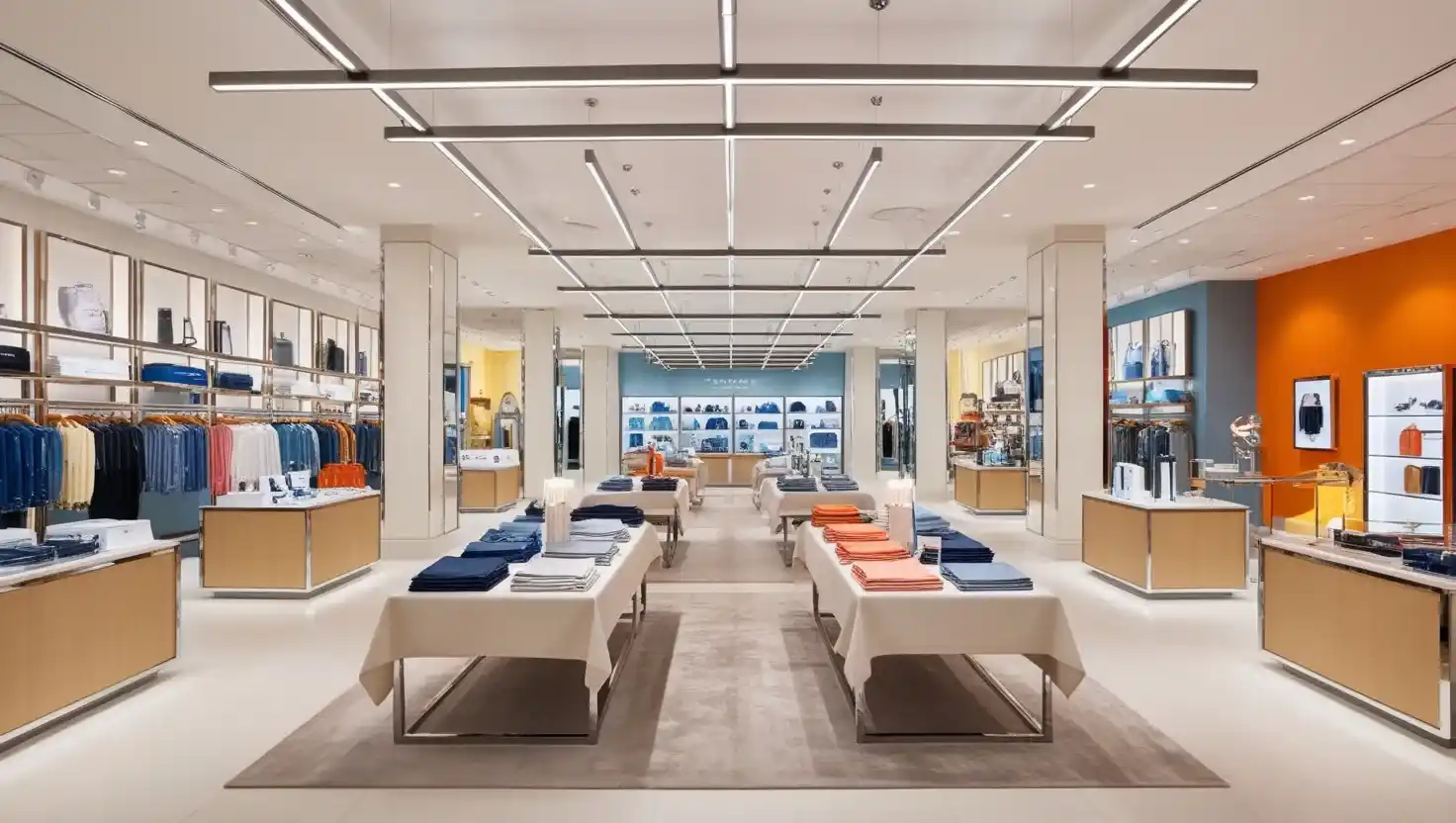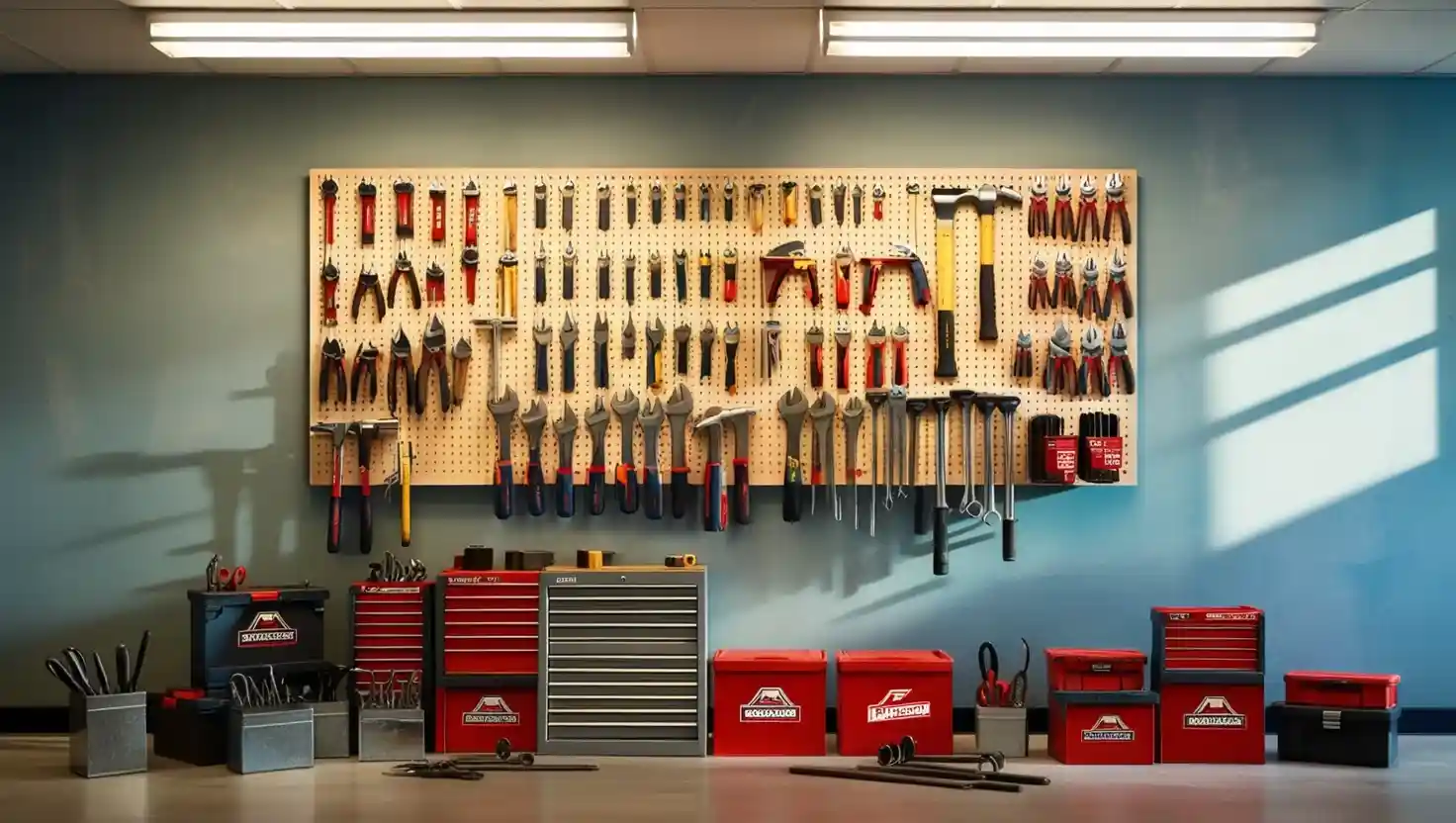Retail display racks are pivotal components in any retail environment, designed to optimize the presentation of products and enhance the shopping experience. Their role extends beyond mere storage; they are critical in influencing consumer behavior, maximizing sales, and creating an engaging retail space. This article delves into the various types of retail display racks, their benefits, and best practices for their use. By understanding these aspects, retailers can make informed decisions about their store layout and product presentation.
Introduction
In the competitive world of retail, presentation is key. Retail display racks are not just functional pieces of furniture; they are essential tools for effective merchandising. They help in showcasing products in an organized manner, making them more accessible to customers and, consequently, boosting sales. The strategic use of display racks can significantly enhance a store’s aesthetic appeal and operational efficiency, which in turn can lead to increased customer satisfaction and loyalty.

Types of Retail Display Racks
Retail display racks come in various forms, each serving different purposes and suited to different types of products. Understanding these types can help retailers choose the right racks for their needs.
1. Gondola Shelving
Gondola shelving is one of the most versatile and widely used types of display racks in retail stores. These racks are typically freestanding units with adjustable shelves, allowing for flexible product arrangement.
Features of Gondola Shelving
- Adjustability: Shelves can be repositioned or added, accommodating different product sizes and layouts.
- Modularity: Gondolas can be connected to form longer runs or configured in various layouts.
- Durability: Made from sturdy materials such as metal or wood, ensuring long-term use.
Applications
Gondola shelving is ideal for a variety of retail environments, including grocery stores, pharmacies, and convenience stores. It is particularly effective in stores that require frequent changes in product displays or have a diverse range of items.
2. End Cap Displays
End cap displays are strategically positioned at the end of aisles and are designed to attract customers’ attention. They are perfect for highlighting promotions, seasonal items, or high-margin products.

Advantages of End Cap Displays
- 高能见度: Located in high-traffic areas, making them highly visible to customers.
- Effective Promotion: Ideal for showcasing special offers or new products.
- Increased Sales: Encourages impulse purchases by drawing attention to featured items.
Best Practices
To maximize the effectiveness of end cap displays, ensure they are well-organized, visually appealing, and updated regularly with new promotions or seasonal items.
3. Free-Standing Displays
Free-standing displays are standalone units that can be placed anywhere in a store. They are often used for showcasing new arrivals, seasonal items, or special promotions.
Characteristics
- Flexibility: Can be moved and repositioned as needed.
- 吸引人的设计 Often designed to catch the eye with bright colors or unique shapes.
- Variety: Available in numerous styles, including towers, spinners, and countertop displays.
Uses
Free-standing displays are versatile and can be used in various retail settings, including clothing stores, electronics shops, and specialty stores. They are particularly useful for temporary promotions or highlighting featured products.
4. Pegboard Displays
Pegboard displays are characterized by their perforated boards with hooks or pegs for hanging products. This type of display is commonly used for small items, tools, and accessories.

Benefits
- Customizable: Hooks and shelves can be repositioned to fit different products.
- Efficient Use of Space: Utilizes vertical space effectively.
- Organized Display: Keeps small items neatly arranged and easily accessible.
Applications
Pegboard displays are ideal for hardware stores, craft stores, and any retail environment where small items need to be organized and easily accessible to customers.
5. Slatwall Displays
Slatwall displays consist of vertical panels with horizontal grooves that allow for the attachment of various accessories such as shelves, hooks, and baskets. This design provides flexibility and customization in product presentation.

Advantages
- Versatility: Accessories can be easily added or rearranged.
- Durability: Made from sturdy materials, often laminated MDF or high-density fiberboard.
- Aesthetic Appeal: Offers a clean, modern look that enhances store décor.
Usage
Slatwall displays are suitable for a wide range of retail environments, including boutiques, home goods stores, and specialty shops. They are particularly effective in stores that require frequent changes in display configurations.
How Retail Display Racks Enhance the Shopping Experience
Retail display racks are more than just functional pieces; they play a crucial role in shaping the shopping experience. Here’s how they contribute to a positive retail environment.
1. Improved Product Visibility
Effective display racks elevate products to eye level and organize them in an appealing manner. This increased visibility helps customers find what they’re looking for more easily and encourages them to explore additional products.
2. Efficient Store Layout
An optimized store layout uses various display racks to guide customers through different sections of the store. This strategic arrangement helps in managing customer flow, reducing congestion, and improving the overall shopping experience.
3. Enhanced Promotional Opportunities
Display racks provide prime locations for promotions and special offers. By placing promotional displays in high-traffic areas or at the end of aisles, retailers can capture customer attention and boost sales.
4. Maximized Space Utilization
Retail display racks make efficient use of available space by utilizing vertical space and organizing products in a structured manner. This helps in displaying a larger variety of items without creating a cluttered environment.
5. Improved Customer Experience
A well-organized store with attractive display racks creates a pleasant shopping environment. Customers are more likely to return to a store that is easy to navigate, visually appealing, and offers a satisfying shopping experience.
Best Practices for Using Retail Display Racks
To ensure that retail display racks are effective, it is important to follow best practices for their use and maintenance.
1. Optimize for Visibility
Position products at eye level and ensure that display racks are well-lit and clearly organized. This helps in drawing attention to key items and making it easier for customers to find what they are looking for.
2. Maintain Cleanliness
Regularly clean and maintain display racks to ensure they remain attractive and functional. A clean store environment not only enhances the shopping experience but also reflects positively on the brand.
3. Update Regularly
Refresh display racks periodically to feature new products, seasonal items, or promotions. Regular updates keep the store looking fresh and engaging, encouraging customers to return frequently.
4. Use Effective Signage
Incorporate clear and informative signage with display racks to guide customers and highlight key features or promotions. Effective signage enhances the visibility and appeal of products.
5. Consider Customer Flow
Design store layouts and display placements to guide customer flow naturally. Avoid creating obstacles or cluttered areas that can hinder the shopping experience and make it difficult for customers to navigate the store.
Case Studies: Successful Retail Display Rack Implementations
Examining successful implementations of retail display racks can provide valuable insights into their effectiveness and potential benefits.
1. Case Study: Grocery Store Optimization
A grocery store implemented gondola shelving and end cap displays to better showcase seasonal products and promotions. By strategically placing high-margin items and seasonal specials in prominent locations, the store experienced a notable increase in sales and customer engagement.
2. Case Study: Electronics Retailer
An electronics retailer used free-standing displays and slatwall systems to create a well-organized and visually appealing store layout. This approach improved product visibility and customer engagement, resulting in higher sales and improved customer satisfaction.
3. Case Study: Boutique Clothing Store
A boutique clothing store utilized pegboard displays for accessories and free-standing racks for clothing. This strategy improved product organization and enhanced the overall shopping experience, leading to higher average transaction values and increased customer loyalty.
4. Case Study: Home Goods Store
A home goods store integrated slatwall displays and gondola shelving to create a versatile and adaptable store layout. The use of these displays allowed for easy reconfiguration and effective presentation of a wide range of products, leading to increased sales and improved customer flow.
5. Case Study: Sporting Goods Store
A sporting goods store adopted end cap displays and free-standing racks to highlight seasonal sports equipment and promotions. This strategic placement led to a significant boost in sales for featured products and improved customer awareness of ongoing promotions.
结论
Retail display racks are essential tools that enhance product presentation, improve store layout, and contribute to a positive shopping experience. By selecting the right types of display racks and implementing best practices, retailers can optimize space, increase product visibility, and drive sales. Investing in high-quality display racks and using them effectively can make a significant impact on a store’s success and customer satisfaction.
常见问题
1. What are the key factors to consider when choosing retail display racks?
When choosing retail display racks, consider factors such as the type of products you sell, store layout, and budget. Evaluate the material, design, and functionality of different racks to find the best fit for your needs.
2. How can I ensure that my display racks remain effective over time?
Regularly update and maintain your display racks to keep them looking fresh and functional. Consider seasonal changes, promotions, and new product arrivals when updating displays.
3. Are there specific display racks that work best for certain types of products?
Yes, different types of display racks are suited for various products. For example, pegboard displays are ideal for small items, while gondola shelving works well for larger or diverse product ranges.
4. Can display racks be customized to match my store’s branding?
Many display racks can be customized to match your store’s branding. Options include custom colors, logos, and materials that align with your store’s aesthetic and marketing goals.
5. What are some common mistakes to avoid when using retail display racks?
Common mistakes to avoid include overcrowding displays, neglecting regular updates, and failing to use effective signage. Ensure that displays are well-organized, regularly refreshed, and clearly marked to enhance their effectiveness.
